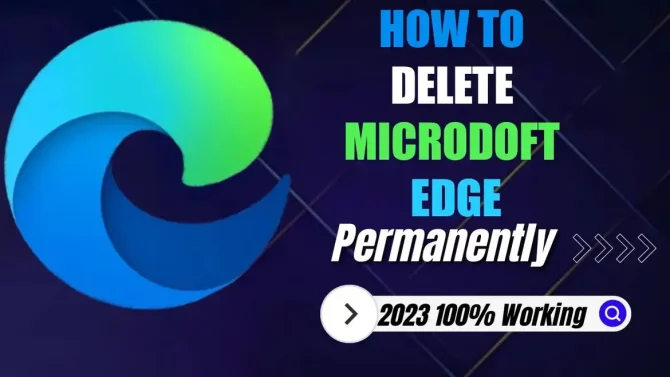Microsoft Sets Sights on Nvidia After Google
It appears that Microsoft is positioning itself alongside AMD to challenge Nvidia’s monopoly in the graphics processing unit (GPU) market.
In response to a question regarding Microsoft’s plans to compete with Google’s search business, CEO Satya Nadella suggested that he merely intends to make Google “dance.” It seems that Microsoft sees AMD as a partner in its efforts to disrupt another monopoly, this time that of Nvidia.
Recent reports suggest that Microsoft has been working on its own in-house artificial intelligence (AI) processors since 2019, codenamed Athena, in a bid to challenge Google and Amazon Web Services (AWS), both of which have their own in-house chips for training and inference. Furthermore, it is alleged that Microsoft’s secret project is being conducted in collaboration with AMD.
There is much speculation that Microsoft is financing AMD’s AI chip push, a surprise move given its strong partnership with Nvidia, which helps to train OpenAI’s large language models on Azure. It appears that AMD and Microsoft are potentially conspiring to unseat Nvidia, which resulted in a drop in Nvidia’s shares following the report.
This would not be the first time that Microsoft has turned to AMD for support. AMD’s silicon already powers the secure AI infrastructure in Azure cloud services, as well as playing a part in the Xbox Series X and Series S consoles.
Market Positioning
At present, Nvidia enjoys a monopoly in the GPU market, with the industry seeking an alternative. In the data center segment, it appears that Intel and AMD are fighting over scraps, while Nvidia continues to dominate sales. It is possible that Microsoft is seeking an alternative to Nvidia that can handle its workload without the same financial investment.
Semiconductor analyst Sravan Kundojjala explains that Microsoft had been counting on Intel, but it has not yet been delivered. AMD has excellent GPU technology, but it has fallen behind in software optimization. AMD is set to release the Instinct MI300 later this year, which will be its first attempt at building a true data center/high-performance computing (HPC)-class accelerated processing unit (APU), combining the best of AMD’s CPU and GPU technologies.
AI and Machine Learning
To compete with Nvidia, AMD developed a software framework called ROCm™, an open software platform that provides HPC and AI communities with access to open compute languages, compilers, libraries, and tools. However, it is not yet fully mature. Nvidia’s CUDA works with all kinds of industries, but AMD doesn’t have that luxury. In the data center, AMD is attempting to focus its attention on specific verticals and workloads, positioning itself accordingly. One of those customers is Microsoft.
Nvidia alone cannot serve every use case or customer. Kundojjala suggests that “it’s a growing tide, lifts all the boat kind of situation.” If AMD wins, Nvidia does not necessarily have to lose, as both can grow. However, he also argues that Microsoft’s push towards AMD will not impact the pricing that Nvidia offers for its GPUs.
“Unlike consumer applications, data center customers are not sensitive to price. The enterprise cloud market doesn’t care about pricing. What they need is a product that is good, with a roadmap that is good and the maturity of the software framework that they provide alongside the hardware product that is good,” he added.
Generative AI Gold Rush
During a recent earnings call, AMD CEO Lisa Su suggested that there are opportunities beyond hyper scalers and game consoles for AMD’s intellectual property, such as semi-custom opportunities with higher volume potential.
AMD has already tasted success with its semi-custom gaming consoles, such as the Sony PS and Microsoft Xbox. Now, the company aims to implement this business model in data centers by partnering with hyper scalers like Microsoft. Kundojjala, an industry expert, believes that Microsoft’s expertise in AI can accelerate AMD’s software development in this space.
Despite generating a few hundred million dollars in revenue from its data center GPUs, AMD’s sales figures pale in comparison to Nvidia’s earnings of nearly $15 to $16 billion. Kundojjala explains that AMD’s delayed entry into the data center market was due to the company’s focus on competing with Intel, which had a more substantial market share. However, AMD is still posting strong profits, despite inventory corrections and slow data center sales, whereas Intel is reporting losses and investing billions in new fabs. Recently, AMD unveiled its new Ryzen 7040U series processors for laptops and made bold claims about outpacing Intel’s competition and even the MacBook M2. These accomplishments indicate that AMD is moving in the right direction.
AMD now recognizes the critical role that generative AI plays in data centers. However, the company’s MI300 product will not be fully operational until 2024, so significant changes will not happen overnight. It will take at least another three years for AMD to make a substantial impact in the data center GPU market.






